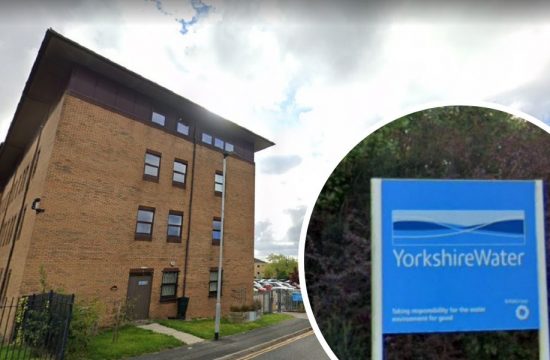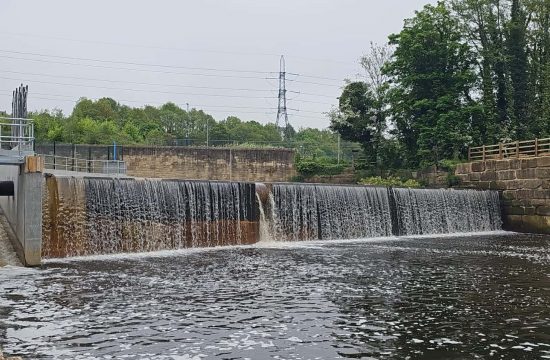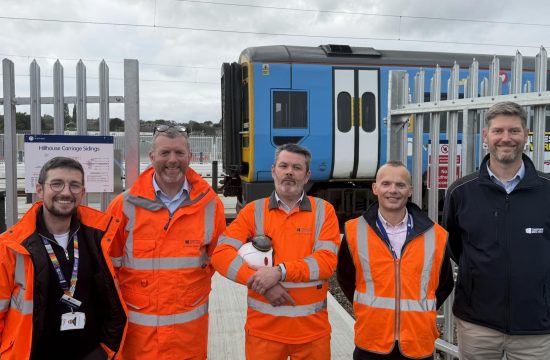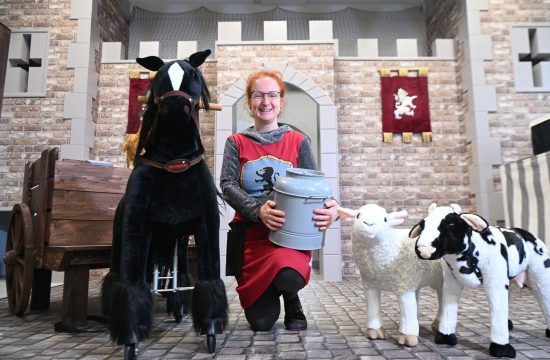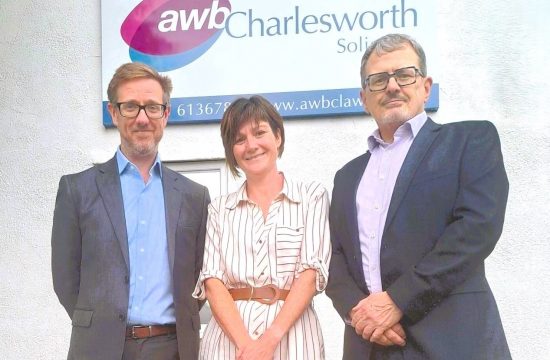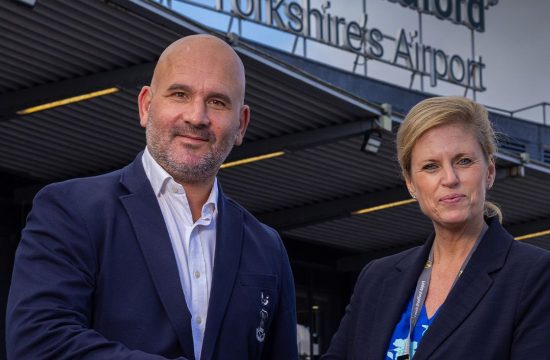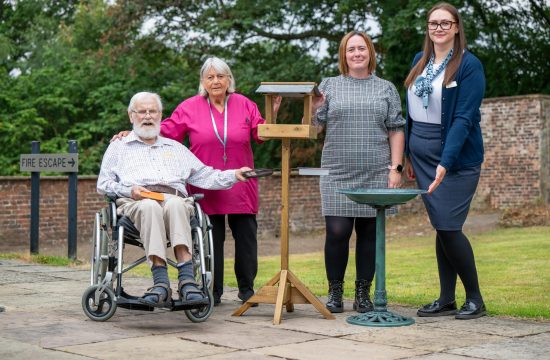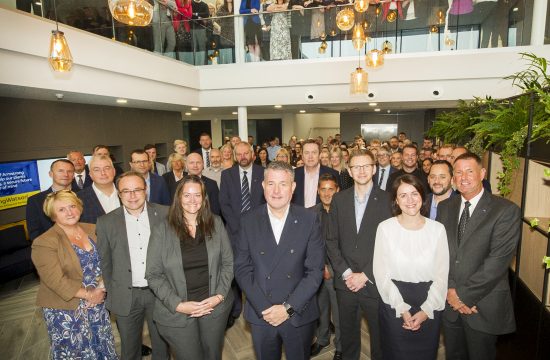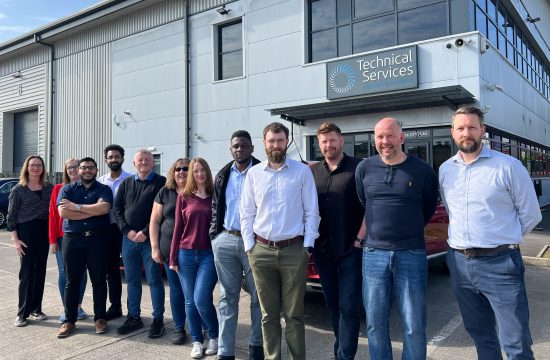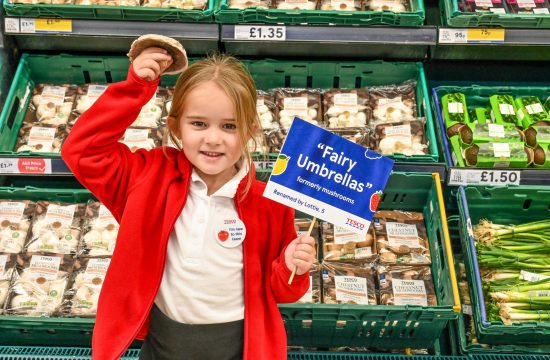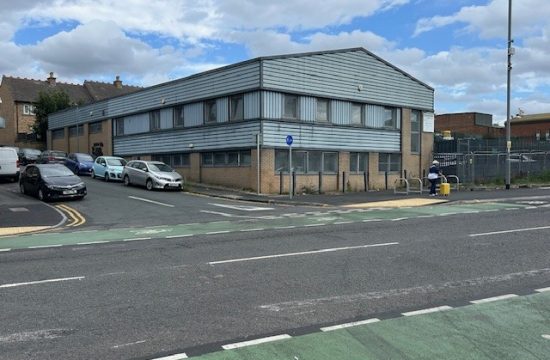Turbines are just one aspect of a dairy company’s plan to reduce its carbon footprint, with the aim of becoming carbon neutral within the next thirty years. They are increasingly dominating swathes of our countryside, but the growing number of wind turbines springing up are part of an increasing shift towards farms cutting their carbon footprint.
While some may see them as an eyesore or intrusive, there is no doubt that these giant turbines are fulfilling a useful role in reducing emissions.
And for one of Europe’s largest dairy co-operatives, Arla, encouraging its farmers to be greener in their production process is a key strand of its future strategy.
Arla is determined to transform itself into a carbon net-zero dairy by 2050 – and an Oakworth farmer has been singled out to become the ambassador for the company as part of its national and international drive to make farming greener.
Jonathan Sharp’s efforts at Tewitthall Farm have been chosen to showcase Arla Foods’ commitment to its plan for a carbon free future.
Arla wants to work with farmers like Jonathan to reduce carbon emissions produced by farms, dairies and packaging.
The company says that while managing almost 50% more milk since 2005, its CO2 emissions had reduced by 22% across production and packaging. On farms, CO2 emissions per kilo of milk had reduced by 24% since 1990.

Jonathan is the third generation of his family to run Tewitthall Farm, growing the farm’s milk production and introducing new methods over the last 30 years.
He has invested significant funds in green energy production, waste disposal improvements, and the care of his herd of around 130 Holstein cows, which produce more than 9,000 litres per lactation.
The turbine has been a feature of the farm for around nine years. Jonathan installed the 50KW wind turbine in 2012, taking advantage of the farm’s position around 1,000 feet above sea level.
Despite the £300,000 initial cost, Jonathan has since seen a return on this investment through feed-in tariff payments and the sale of exported electricity.
Jonathan said: “There are two farm houses on site and the saving on electricity bills for domestic and business use amounts to about £500 per month.
Today, the turbine is producing 225,000kw a year – enough to power 75 houses!”
From Jonathan’s carbon footprint audit, it was suggested he could make better use of the separated slurry from his dairy cows, reducing the amount of nitrogen fertiliser he needed.
He began by sampling the nutrient content of the soil on 25% of the farm every year, along with testing of slurry.
Jonathan said: “ This testing programme allowed me to avoid applying any unnecessary nutrients: too much of one nutrient can make it difficult for plants to absorb the other nutrients they need to stay healthy.
“I was also able to persuade my local contractor to use a trailing shoe slurry applicator. This process minimises the percentage of slurry being lost to the atmosphere as ammonium nitrate, which contributes towards harmful greenhouse gases.”
Jonathan selects high sugar grass seed for re-seeding his fields as he understands that this type of product is more beneficial to the environment.

Arla Foods has 10,300 farmer owners.
It launched its plan to accelerate the move to sustainable dairy production with an intensified focus on the farms in March.
The international company says its main target is to reduce greenhouse gas emissions by 30 per cent per kilo of milk over the next decade and to work towards carbon net zero by 2050.
“We want to leverage our position as the leading international farming cooperative with 10,300 farmers and perhaps the most comprehensive understanding of dairy farming and production in Northern Europe to accelerate the transition to sustainable dairy production.
“We have worked towards sustainable farming for years and we need to go further and faster, not least to help fight climate change, which affects everyone on the planet, especially as farmers,” said dairy farmer and chairman of Arla Foods, Jan Toft Nørgaard.
The new strategy covers the whole value chain from cow to consumer and addresses the areas climate, air, water and nature.
The business will also explore commercial opportunities in the market to help drive the change, explains Arla Foods’ CEO Peder Tuborgh, looking at whether customers will be prepared to pay some sort of premium to ensure milk is produced in a sustainable way.
“TODAY, THE TURBINE IS PRODUCING 225,000KW A YEAR – ENOUGH TO POWER 75 HOUSES!






